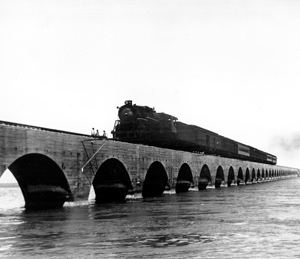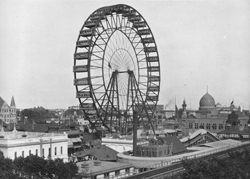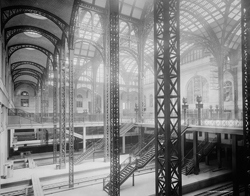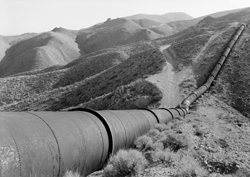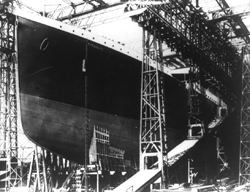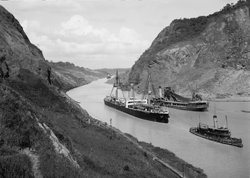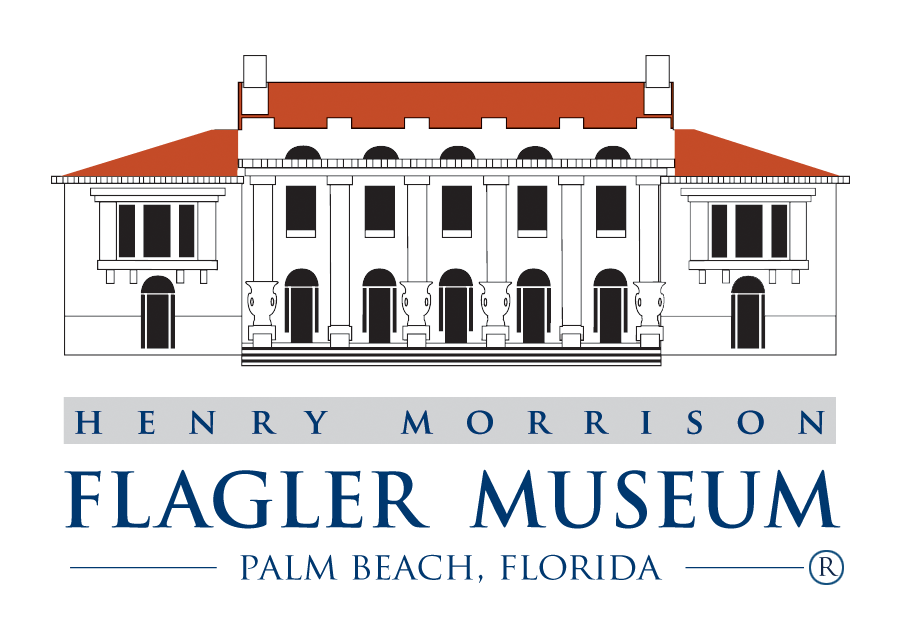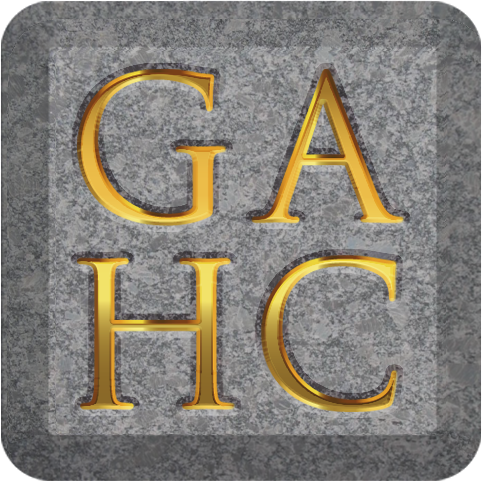Purchase tickets online, or call (561) 655-2833
Free for Museum Members at the Sustaining level and above
$10 for Individual, Family and Life Members
$28 per lecture for non-members, includes Museum Admission
$150 for a Series ticket
The 27th Annual Whitehall Lecture Series brings expert historians and authors to discuss Great Engineering Feats of the Gilded Age. The significant engineering feats featured this year include: construction of the Over-Sea Railroad, the creation of the Ferris Wheel, New York's Penn Station Tunnels, the Los Angeles Aqueducts, building of the RMS Titanic, and construction of the Panama Canal. The Museum welcomes esteemed writers and historians such as: Les Standiford, Richard Weingardt, Jill Jonnes, Michael Hiltzik, Daniel Allen Butler, and Matthew Parker to Whitehall. Patrons who purchase a series ticket will also receive a bound copy of the Whitehall Lecture Series Essays.
Watch the Lecture Series online
Web visitors can now experience the Lecture Series via a live, interactive, Web seminar. On-line visitors can listen to the lecture live, see the presentation, and ask questions of the lecturer. There is no charge to join the on-line lecture. Begin by clicking on the "Join This Live Lecture" button.
Note: For first time users of the Flagler Museum's on-line room, you need to install a small, safe plug-in. When prompted please provide your first name and leave the password field blank. At the welcome page, click on the "Download Here" link. This will open a "File Download" dialogue box. Within that box, click on the "Run" button. Please be sure to configure your firewall to allow the OPAL software access to your computer and please disable your screen saver.

